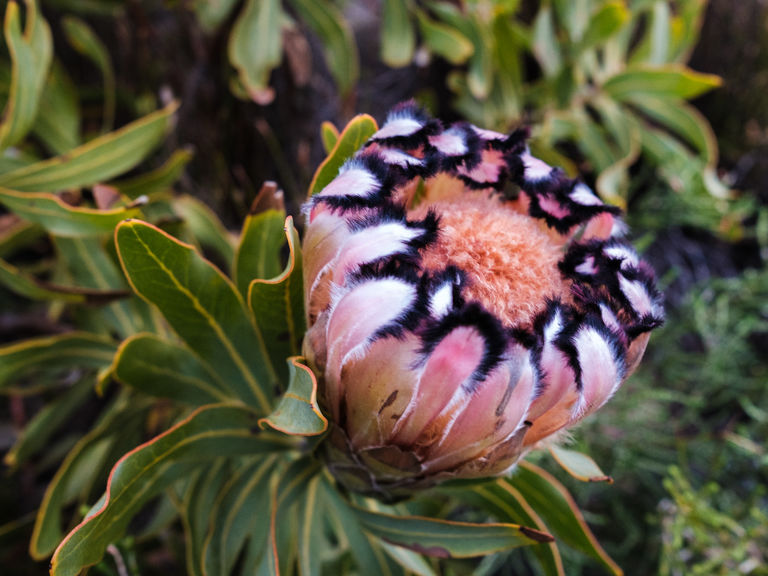Project Detail: Hacking Aliens
Contest:
Environment and Sustainability 2022
Brand:
LuganoPhotoDays
Author:
Nyani Quarmyne
Project Info
Hacking Aliens
Invasive tree species are wreaking havoc in South Africa. In the Cape Town area inspiring efforts are being made to reverse the damage.
Needing wood, colonial settlers introduced pine, eucalyptus and Australian acacia trees to South Africa. Now counted amongst a number of alien invasive plant species, they are wreaking havoc upon native ecosystems, outcompeting endemic vegetation, depriving indigenous fauna of their habitats and leading to bigger, more frequent and hotter fires. And they are sucking up water.
In 2018 Cape Town famously came close to running dry. The Nature Conservancy (TNC) estimates that eliminating ‘aliens’ from key watersheds that feed the city and surrounding region’s dams will save 55 billion litres of water a year by 2025, two months supply for the entire greater metropolitan area and its population of 4.8 million.
TNC is now spearheading a 30 year project to clear 54 300 hectares of these watersheds of invasive trees, restore the native vegetation, and prevent the invasives from reestablishing themselves. Much of the land to be cleared is remote and inhospitable, and the work dangerous. Specialist ‘high-angle teams’ must be deployed by helicopter and spend weeks at a stretch in the mountains, using ropes and climbing harnesses to scale cliff faces and eliminate even the hardest-to-reach trees.
That the situation has been allowed to become a crisis is due in part to the economic interests of the forestry industry. South African scientists have long been ringing alarm bells. Volunteers who understand how dangerous these species are have been spending their weekends ‘hacking aliens’ in conservation areas; some of them have been active for decades.
Climate change has made the importance of trees and forests increasingly clear to all of us, and it’s easy to think of all trees as inherently good. Those hacking aliens to save native flora and fauna in South Africa teach us that as we seek to restore green to the planet—as we must—we would do well to consider carefully how we go about it. In the words of TNC’s Louise Stafford, “the wrong tree in the wrong place is a danger.”


















